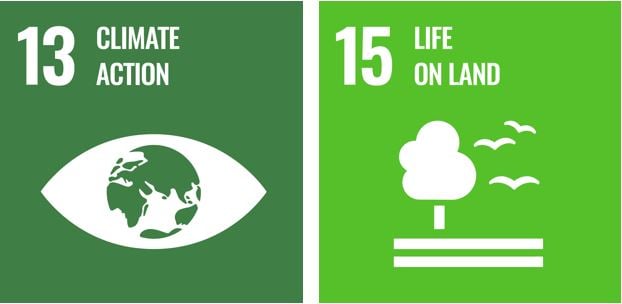In forest management, biodiversity is supported by leaving retention trees and creating high biodiversity stumps during thinning and regeneration felling, for example. Biodiversity is also supported by increasing the share of mixed forests with several species of trees, protecting important habitats from felling, and leaving buffer zones around waterbodies to prevent soil and nutrient runoff into the water.
It is in Metsä Group’s and its owner-members’ shared interest that Finnish forests continuously improve their vitality and biodiversity. To achieve this goal, Metsä Group publicly announced its commitment to the principles of regenerative forestry in March 2023. The principles define the kinds of measures required to measurably improve the positive development of the state of nature by 2030. Outside commercial forests, biodiversity is advanced through Metsä Group’s nature programme, which particularly emphasises the improvement of the state of waterbodies in Finland.
We always know the origin of the wood we use, and more than 90 per cent of the wood Metsä Fibre uses comes from certified forests. We also require non-certified wood to have a sustainable origin, and all the wood we use meets the requirements for controlled wood defined in forest certifications.
Metsä Group’s measures towards 2030
- We diversify tree species in forests. Different tree species support different groups of species. Forests with diverse species are more resilient to the risks of a warming climate, such as weather phenomena and insect damage.
- We recommend maintaining mixed forests. A diverse variety of tree species are left in the forest both in young stand management and thinning operations.
- We increase the amount of decaying wood for species that require it.
- We ensure that herb-rich forests and the sunlit slopes of ridges provide habitats for endangered species. Burned wood is also required for species that are dependent on it.
Indicators by the end of 2030 at the Metsä Group level:
- 100% of regeneration felling sites have retention trees
- 100% of felling sites have high biodiversity stumps
- 0% of pre-commercial thinning sites have only spruce remaining
- 10,000 measures to increase natural biodiversity, such as: burned retention trees, management measures for herb-rich forests and ridges, water protection measures, our members’ new METSO sites, the Metsä Group Plus service, and FSC® (FSC-C111942) nature site service agreements

